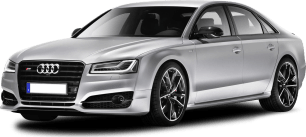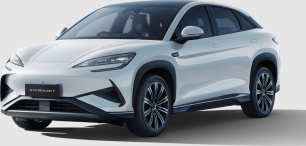The cabin has space, space and then more space. Passenger comfort is all but guaranteed with the available leg- and headroom in each row.
The functions for the electric front seats means it's easy to find a comfortable position. Door apertures are wide for each row and despite a relatively low 140mm ground clearance, it's still an easy SUV to slide in and out of.
Technology looks great and the large 15.6-inch multimedia display is what catches your eye first. Graphics are sharply rendered and the touchscreen responsive. There's a lot of information and menus embedded into the display which means it's a system that will take you a beat to get used to.
It's not unique but the in-built voice assistant rarely works as it should and needs some work. Also, because of the lack of buttons and dials, all functions are accessed via the screen. I don't like this because it tends to draw your eyes from the road far more often than it should and some functions - like the heat and ventilation for the front seats - are buried in a few menus.
There is wireless Apple CarPlay and Android Auto but there are some gremlins that need to be ironed out. The connectivity is easy enough but the steering wheel mounted phone control didn't access Apple CarPlay. So, I couldn't hang up my phone call properly, it would instead access the Bluetooth phone menu and dial my last call. I had a few 'butt' dials this week because of it.
Storage is on par with the Performance rivals and up front the burden falls across the large glovebox and middle console but there is also a shelf underneath the centre console for bigger items, like a handbag. There are two phone cradles, although only one offers wireless charging, and two height-adjustable cupholders two drink bottle holders and small storage bins.
In the rear, you get two device pockets and a map pocket on the back of each front seat. There is a fold-down armrest with retractable cupholders and a small storage pocket (think Kindle-size) and there are storage bins in each door.
The boot capacity is a decent 500L and the floor can be adjusted to two heights, one offering a level loading space. There is also a frunk storage of 58L for any cables or random bits you don't use often. Under the boot floor there is also enough room for cables and the tyre repair kit. The powered tailgate can be access via your keyfob as well.
For a flagship grade, I would have expected a few extra amenities in the rear, like climate control and sunshades but it does have directional air vents, reading lights and a USB-A and C port.






